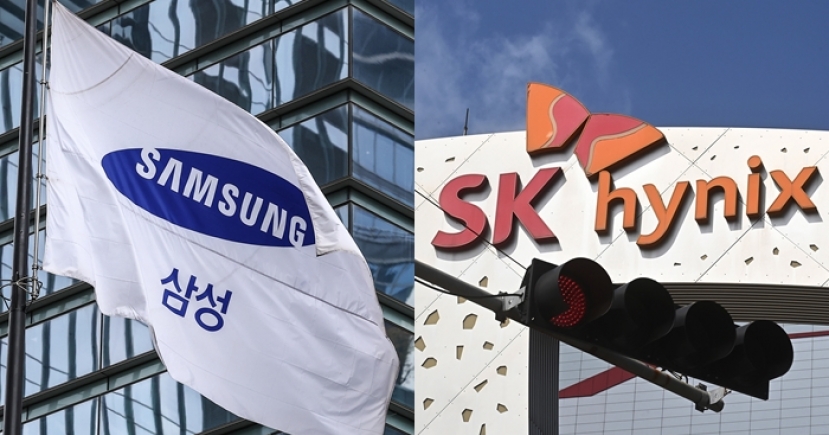Startups
Investors searching for the next Okja
[THE INVESTOR] The Korean cinema industry has attracted 100 million audience for the past seven consecutive years, and grown to be worth over 2.3 trillion won (US$2.06 billion) as of 2017. This is double the revenue from 2008.
CJ ENM, entertainment arm of CJ Group, has been the main force investing heavily in star-studded blockbuster movies since 2014’s “The Admiral: Roaring Currents” that still holds the nation’s box office record with an accumulated 17.6 million tickets sold.
 |
After a year trying to tap into the Korean market, Netflix has found a footing here with director Bong Joon-ho’s “Okja,” a Cannes nominated production that cost US$50 million, the largest amount for a Korean film. In less than three years since its entry into Korea, the video streaming giant has spent over 150 billion won, mainly to produce originals and to secure local contents.
Led by distributors with know-how and systems for production that generate stable profits, the Korean film market is the most advanced area among cultural contents. Consequently, area-specific investors and instruments are emerging.
Show me the money
The industry is relatively transparent in terms of profits, thanks to the inflow of capital from conglomerates and the public sector. On average, major investors and distributors had roughly 15 percent returns on investment in 2017, according to SOLAIRE Partners, a venture capital firm that focuses on films.
Riding the wave of the flourishing movie market, even banks have started to invest. Unlike its peer banks who shied away from the high-risk business, the Industrial Bank of Korea set up a team of experts in 2012, the first for a Korean bank, to support the cultural contents industry.
Not only is IBK carrying out its duty as a government-backed bank, but it’s also reaping profits from the new venture. The average returns on some 17.5 billion won of direct investment stood at 15 percent, according to the bank. Eight out of the 15 movies it invested in last year hit break-even points.
So far, IBK has invested approximately 2.4 trillion won, and plans to maintain the 400 billion won budget earmarked for movies, which it believes will serve as a new growth momentum in the future.
The Export-Import Bank of Korea has joined IBK since 2015 focusing on cultural contents with potential to further expand the Korean Wave.
“Cultural content business not only drives the entry of related consumer goods but also has great effects on indirect exports, for example, through attracting visitors,” said a bank official.
Not all blockbusters
The fact that over 657 Korean movies hit the screens in 2018 -- almost four times that of 2012 -- but sold 4 million tickets less, however, makes you wonder.
CJ ENM’s revenue from January to November last year was 199.5 billion won and its market share fell to 12.5 percent, failing to maintain the top position for the first time in 15 years. Only four out of nine movies it made in 2018 have reached break-even points, and only due to overseas sales and from VOD, according to industry sources.
“Although it is true Korean movies are garnering more attention, especially as over-the-top media services are shifting their attention to Asia, it is not easy to say whether Korean cinema makers could be ideal targets for investment,” says analyst Kim Hak-ju citing the jumbled governance structure of major companies.
Investors are worried that they can’t tell whether the final product will be a success, but also that filmmakers try to funnel outside funds to less-likely hits.
Some venture capitalists have decided to bypass this problem by funding entire productions to rely on average annual profit, rather than the success of certain movies. SOLAIRE Partners has taken a step further to cut down the risks combining up to five companies at once with its second index fund that amounts to 20 billion won. The investment firm has set 10 percent internal rate of return target for the three-year fund seeking to make profits while boosting the growth of the movie industry.
By Hwang Youmee (glamazon@heraldcorp.com)




![[Herald Interview] Why Toss invited hackers to penetrate its system](http://res.heraldm.com/phpwas/restmb_idxmake.php?idx=151&simg=/content/image/2024/04/22/20240422050569_0.jpg)


![[KH Explains] Will 6-day workweek for executives help Samsung avert crisis?](http://res.heraldm.com/phpwas/restmb_idxmake.php?idx=151&simg=/content/image/2024/04/21/20240421050096_0.jpg)
